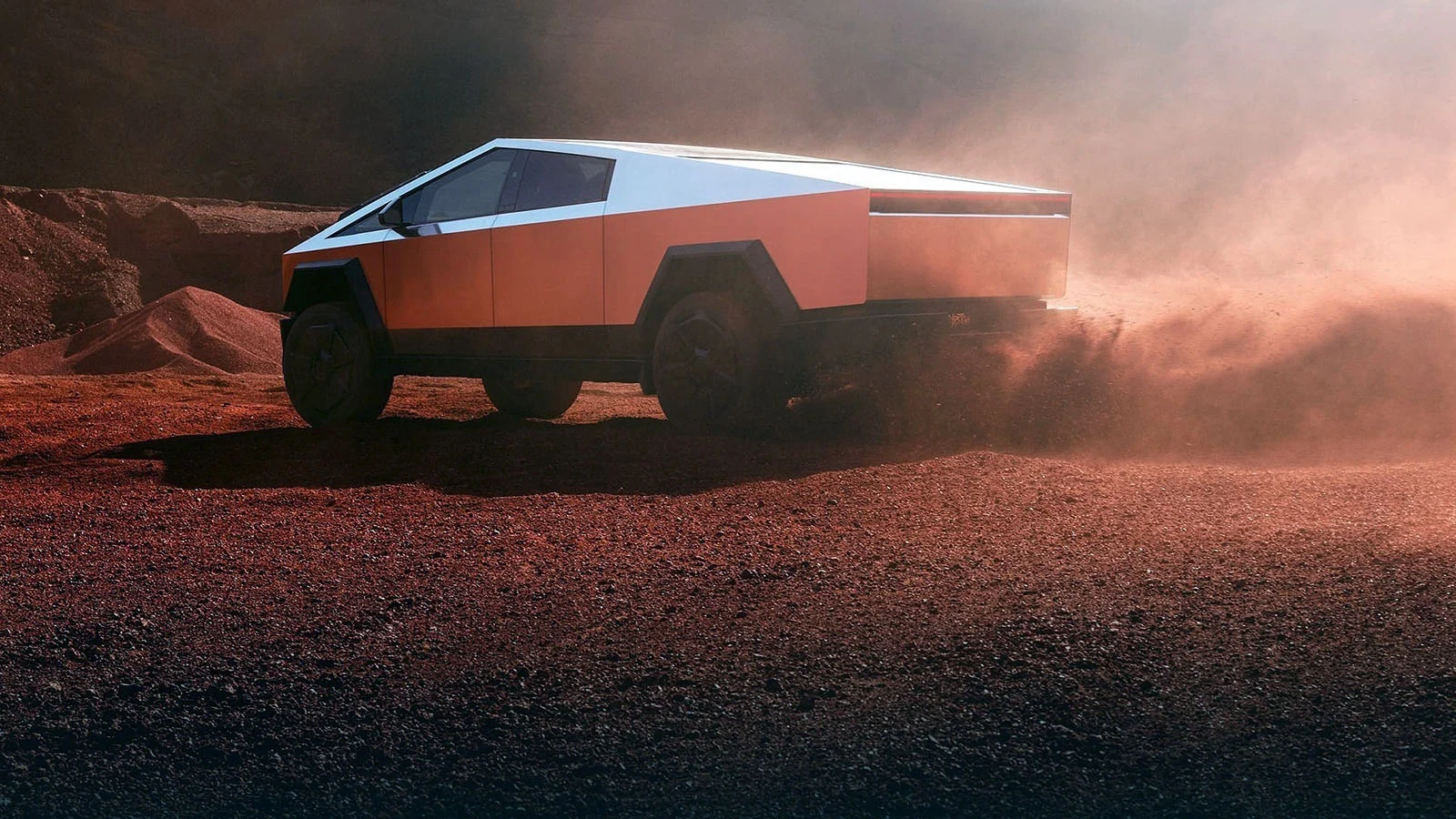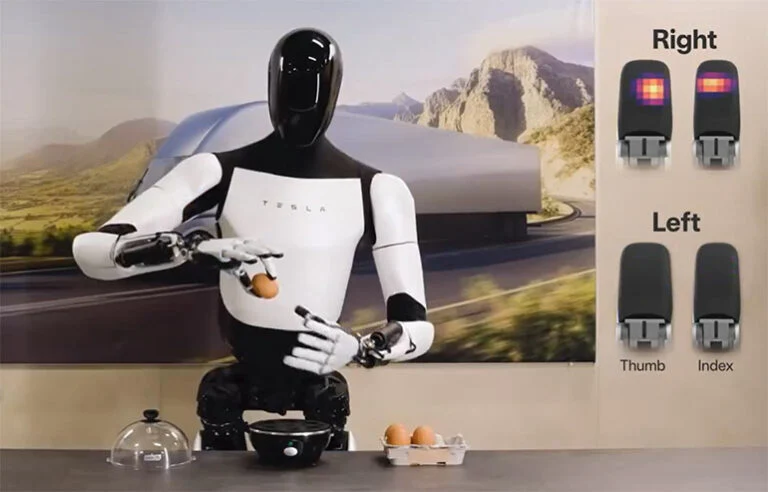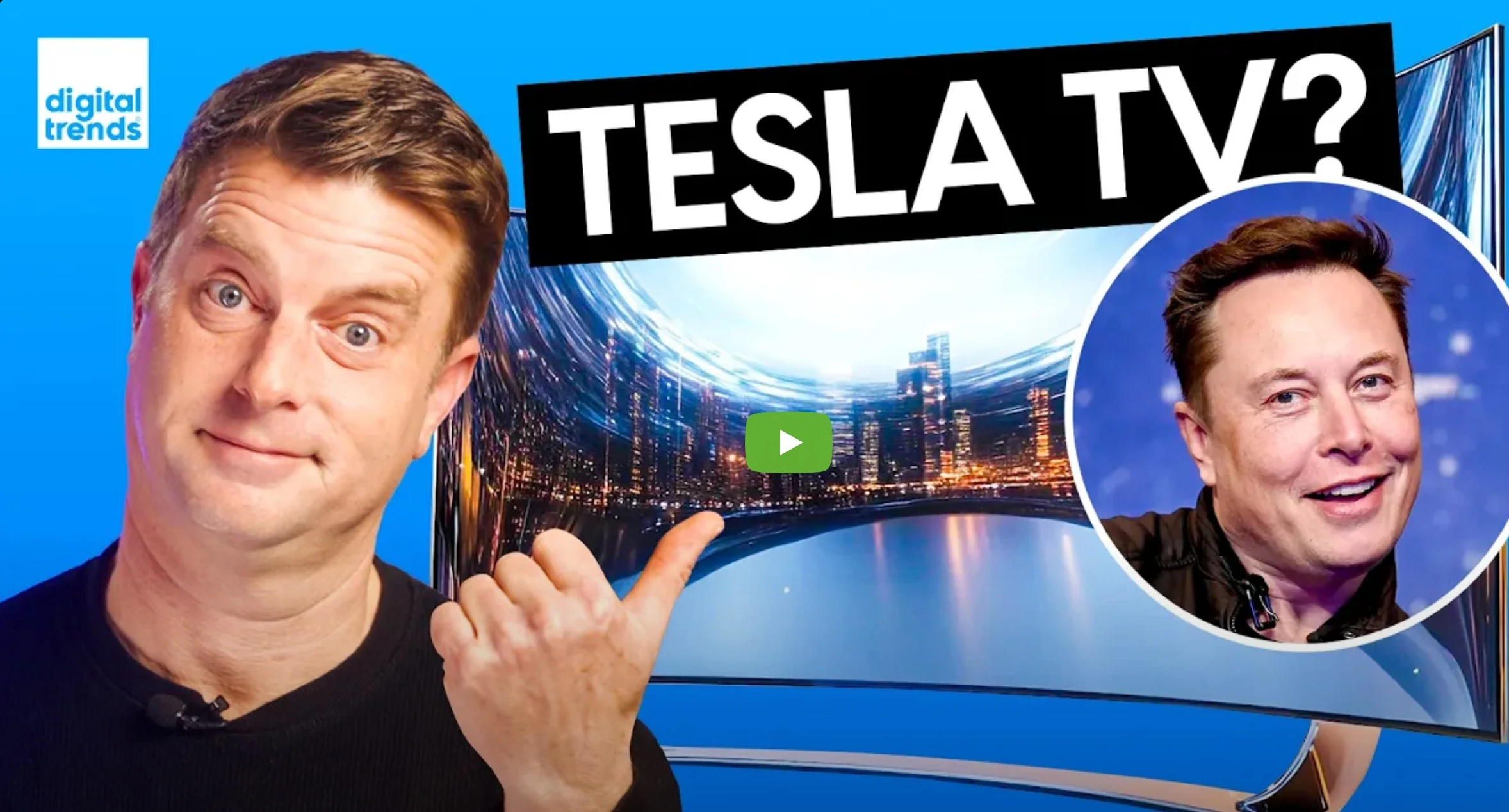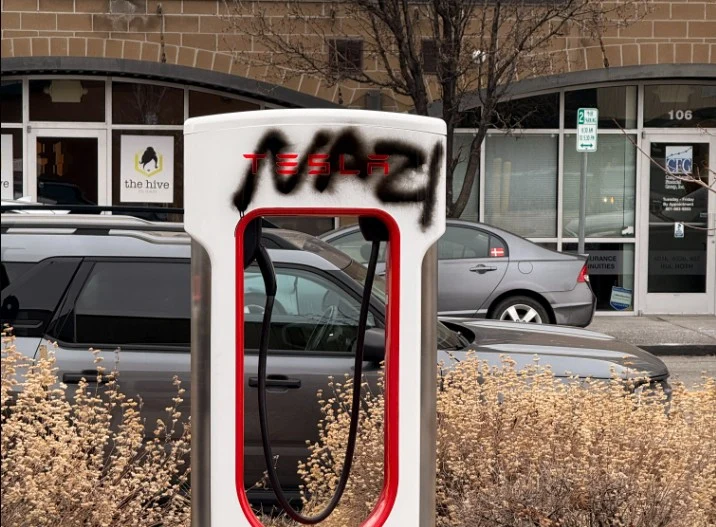Key Takeaways
1. A new clause in the Budget Reconciliation bill would prevent states and local governments from regulating AI for ten years.
2. The definition of AI in the clause is broad, covering both established algorithms and new generative models, making current state regulations unenforceable.
3. Supporters believe the moratorium fosters innovation by preventing a patchwork of regulations, while critics argue it protects companies and undermines local protections against discrimination.
4. The provision aligns with former President Trump’s deregulation efforts and follows lobbying by tech leaders advocating for reduced oversight.
5. The proposal faces potential opposition in Congress, particularly from Democrats and some Republicans concerned about state rights and regulatory accountability.
House Energy and Commerce Committee chair Brett Guthrie has added a clause to the draft Budget Reconciliation bill that would prevent states and local governments from “enforcing any law or regulation regulating artificial intelligence models, artificial intelligence systems, or automated decision systems” for the upcoming decade.
Broad Definition of AI
This clause has a wide definition of AI, encompassing both long-established algorithms and newer generative models. If this becomes law, current state regulations—like California’s requirement for disclosure of AI-generated patient communications, its soon-to-come transparency rules for model-training data, and New York City’s bias-audit rule for hiring processes—would not be enforceable.
Supporters vs. Critics
Proponents of the moratorium argue that it helps prevent diverse rules that could hinder innovation. On the flip side, opponents view it as a sweeping measure that protects companies from being held accountable and undermines popular local protections against discrimination and lack of transparency.
Political Context
This provision is in line with former President Donald Trump’s approach to deregulating AI. It follows significant lobbying efforts by notable tech leaders, such as Elon Musk and venture capitalist Marc Andreessen, who are advisors to the current government. The measure still needs to pass through both houses of Congress, where there is likely to be pushback from Democrats and some Republicans focused on state issues.
The lobbying supporting this moratorium mirrors a broader push for deregulation in Washington. After reversing Biden-era executive orders aimed at limiting high-risk algorithms, the Trump administration welcomed key tech figures like Elon Musk, former PayPal executive David Sacks, and investor Marc Andreessen into formal advisory positions. Detractors caution that this budget could entrench that agenda for a decade, eliminating state rules on transparency and bias audits that were put in place after well-documented issues in hiring, healthcare, and credit-scoring systems.
Source:
Link










